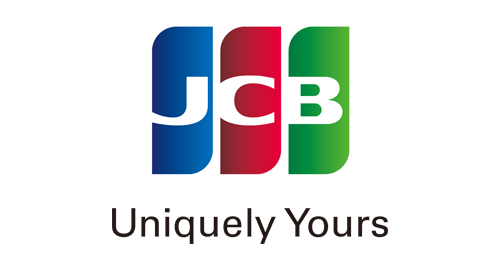Navigating Your Path to a Haulage Career with UK HGV
The haulage industry is a vital component of the UK economy, ensuring the smooth movement of goods across the country and beyond. Understanding the different types of Heavy Goods Vehicle (HGV) licenses and the opportunities they unlock is crucial for those considering a career in this dynamic field. At UK HGV, we are committed to providing comprehensive training and guidance to help aspiring drivers achieve their goals. This article explores the various HGV licenses available in the UK, detailing what each license allows you to drive and the career possibilities.
The Importance of HGV Licenses
HGV licenses are essential qualifications for anyone looking to drive large vehicles for commercial purposes. These licenses are categorised based on the weight and type of vehicle, ensuring that drivers have the necessary skills and knowledge to operate them safely and efficiently. The categories are defined by the Driver and Vehicle Standards Agency (DVSA) and are designed to match drivers with the appropriate vehicles for their training and experience level.
Types of HGV Licenses
- Category C1 License Description: The Category C1 license allows drivers to operate vehicles weighing between 3.5 and 7.5 tonnes. This is often the starting point for many aspiring HGV drivers. Typical Vehicles: Light trucks, delivery vans, and large ambulances. Career Opportunities: Entry-level positions in logistics and delivery services, including roles with courier companies and local delivery firms.
- Category C1+E License Description: The C1+E license extends the C1 category by allowing drivers to tow a trailer over 750 kg, provided the combined weight of the vehicle and trailer does not exceed 12 tonnes. Typical Vehicles: Light trucks with medium trailers, and larger delivery vans with additional cargo space. Career Opportunities: Jobs that require the transport of heavier or more voluminous loads, such as in construction materials delivery or specialized logistics services.
- Category C License (Class 2 License) Description: The Category C license, also known as the Class 2 license, enables drivers to operate vehicles over 7.5 tonnes with a trailer of up to 750 kg. Typical Vehicles: Rigid lorries, refuse collection vehicles, and large trucks used in urban and regional deliveries. Career Opportunities: Positions in various sectors, including retail logistics, waste management, and regional freight services. This license is essential for those looking to drive larger trucks but not articulated lorries.
- Category C+E License (Class 1 License) Description: The Category C+E license, or Class 1 license, is the highest HGV qualification, allowing drivers to operate articulated lorries (vehicles with a trailer over 750 kg). Typical Vehicles: Articulated lorries, long-haul trucks, and large tankers. Career Opportunities: High-demand roles in national and international logistics, long-haul freight transportation, and specialized heavy goods transport. This license is ideal for those aiming for top-tier positions in the haulage industry.
The Path to Obtaining an HGV License
- Medical Examination: Before applying for an HGV license, drivers must pass a medical examination to ensure they are fit to operate heavy vehicles. This involves a check-up with a registered medical practitioner who will complete a DVLA D4 medical form.
- Provisional HGV License: After passing the medical examination, aspiring drivers must apply for a provisional HGV license. This step involves completing the D2 application form and submitting it to the DVLA with the medical form.
- Theory Test: The next step is passing the HGV theory test, which consists of multiple-choice questions and a hazard perception test. This ensures that students have a strong understanding of road safety and driving laws.
- Practical Training and Test: Practical training is essential to gaining hands-on experience with the specific vehicle category. UK HGV offers comprehensive training programs tailored to each license type. After completing the training, drivers must pass the practical driving test, which assesses their ability to operate the vehicle safely and competently.
Career Opportunities and Advancement
Obtaining an HGV license creates multiple career opportunities in the haulage industry. Here are some potential career paths based on the different license categories:
- Category C1 and C1+E: Ideal for entry-level positions and local delivery roles. These licenses are a stepping stone for further advancement.
- Category C (Class 2): Suitable for driving larger vehicles within urban and regional settings. This license can lead to jobs in retail logistics, waste management, and more.
- Category C+E (Class 1): The pinnacle of HGV licenses, opening doors to high-demand, high-reward roles in national and international logistics. Drivers with this license are in high demand and can command premium salaries and benefits.
The haulage industry offers diverse and rewarding career opportunities for those with the right qualifications. Understanding the different HGV licenses and the vehicles they allow you to drive is crucial for planning your career path. At UK HGV, we provide the highest quality training to help you achieve your goals and succeed in the haulage industry. Whether you start with a Category C1 license or aim for the top with a Category C+E license, we are here to support you every step of the way. Contact us for more information and to start your journey.











